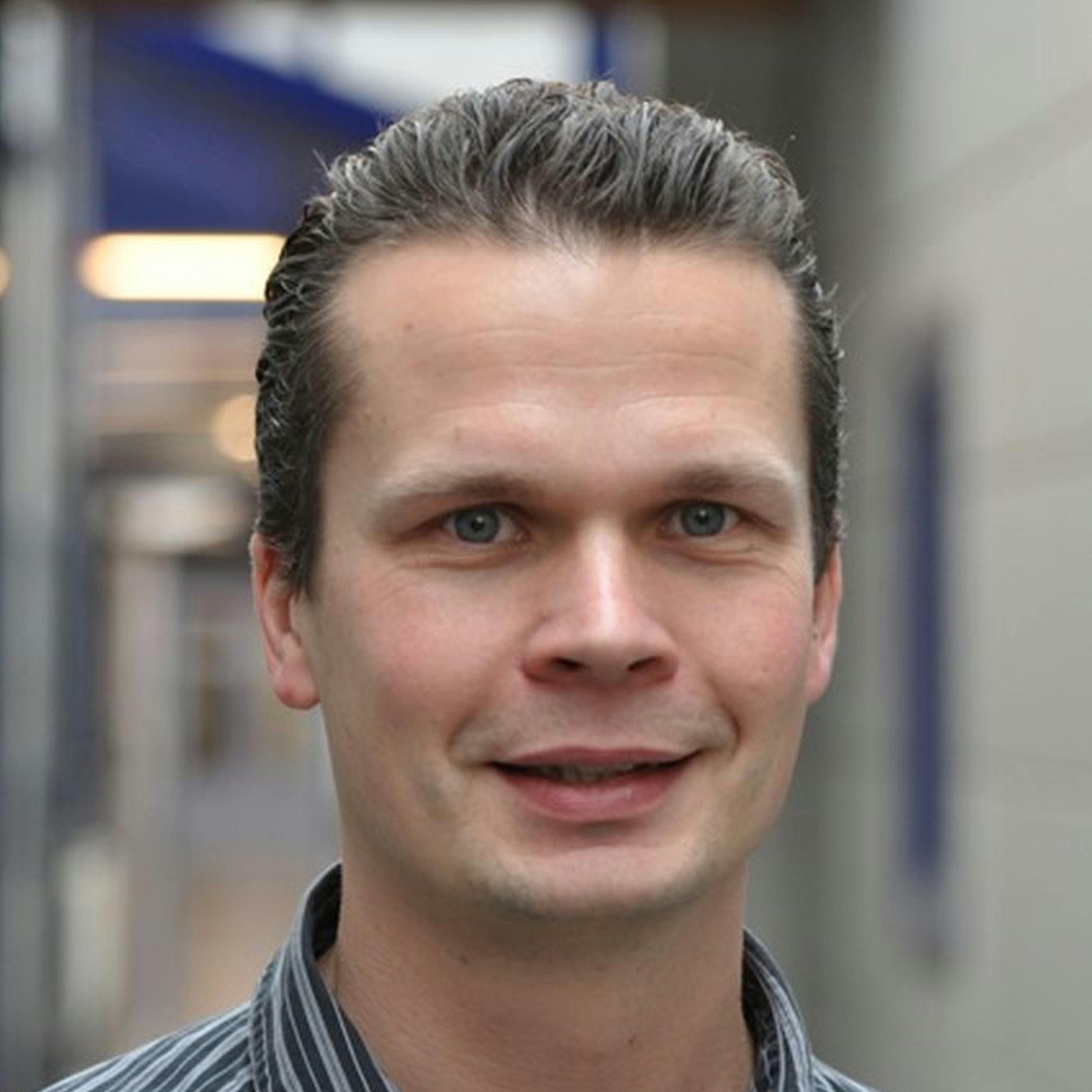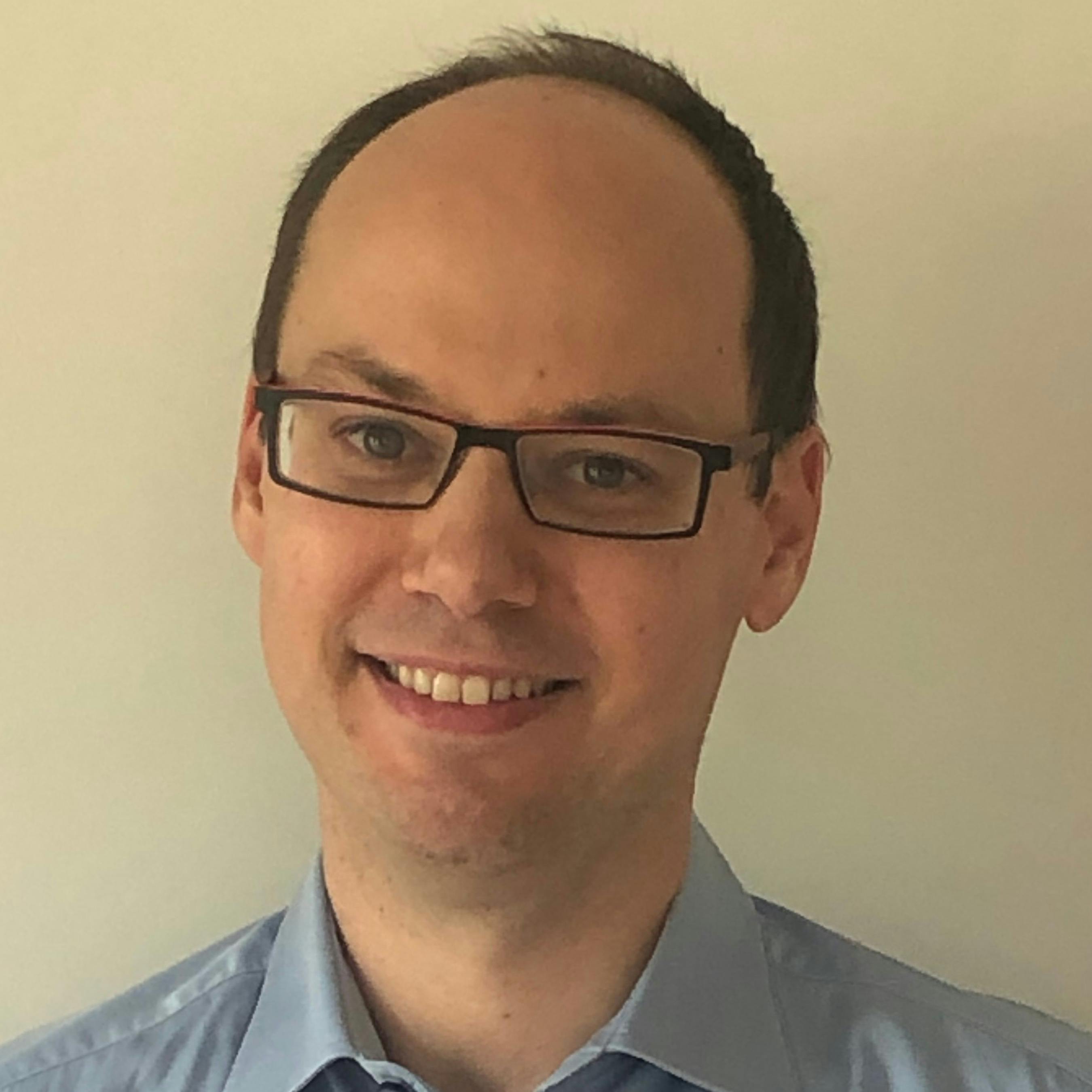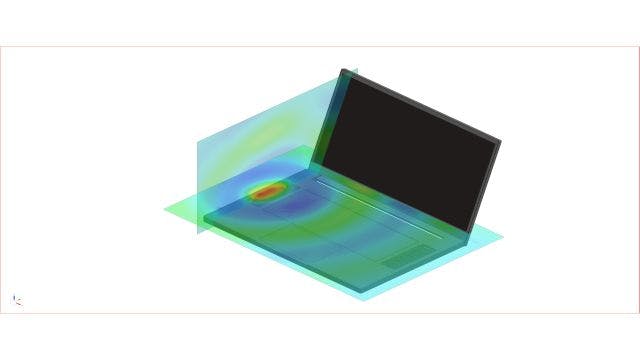When it comes to acoustic performance, consumers hold electronic products to a high standard. Consumers expect these electronics to provide an optimal user experience and run quietly, with many considering quiet products as higher quality. Conversely, it’s not only about noise suppression. Optimizing the acoustic performance of loudspeakers and microphones is key to the perceived quality of audio products. Producing powerful, high-quality consumer goods requires advanced noise engineering and sound characterization.
Watch the webinar to understand how a combined simulation and test approach in the early design stages delivers critical acoustic performance insights and enables innovation in less time and at a lower cost.
Deliver critical acoustic performance insight and allow innovation in less time and at a lower cost
Designers of consumer electronics can also quickly evaluate multiple scenarios without expensive prototypes or delaying production. With a combination of simulation and test in early design, design teams unlock the ability to deliver critical acoustic performance insights to ensure the best product can be made at a competitive price.
Why acoustic testing is important in the early development stages for consumer electronics
Consumer electronics companies face challenges with increased complexity, new technology adoption and quick responses to emerging market trends. Miniaturization, high power density, increased cooling needs and lower cost goals add to the existing pressure to bring products to market faster. Developing leading and performant electronic products requires an innovative and adaptive engineering approach. Companies using acoustic testing in the early development stages can benchmark competitive products, pre-select components, and deliver data for use in simulation models.
Conoce a los ponentes

Frank Demesmaeker
Business Development Manager de Industrias mecánicas
Frank Demesmaeker se licenció en 1994 en Ingeniería de Caminos, Canales y Puertos por la Universidad Católica de Lovaina (Bélgica) y empezó a trabajar en LMS International (ahora Siemens) como apoyo técnico a los clientes de la zona del Benelux. A lo largo de los años, ha acumulado muchos conocimientos y experiencia práctica en cuestiones de ruido y vibración con clientes de todo el mundo, desde el punto de vista técnico, comercial y de marketing. En la actualidad, Frank participa, promueve y perfecciona las aplicaciones de prueba en mercados como el energético, el médico, el de los bienes de consumo, el naval, el de las instituciones educativas y el de la maquinaria mecánica, el más amplio.

Bert Van Genechten
Simcenter 3D Product Manager Acoustic Simulation
Bert Van Genechten is a product manager for acoustic simulation in the Simcenter 3D team. Bert has joined LMS International (now Siemens) in 2011 as Senior Research Engineer working on acoustic simulation technologies. In 2015, he took up the role of Project Leader in the Simcenter Engineering and Consulting Services team of Siemens focussing on NVH-related simulation and testing projects, before joining the product management team in 2021. Before joining Siemens, he obtained his MSc and PhD degrees in Mechanical Engineering from the Catholic University of Leuven.
